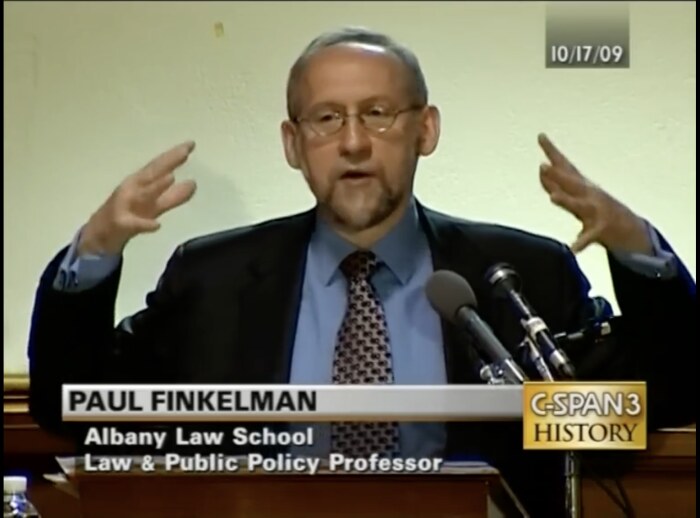This column by Daniel G. Clark about Alexander Clark (1826-1891) first appeared in the Muscatine Journal.
My October 2009 Facebook post is still out there: “Weighing a possible last-minute trip east via Amtrak this Wednesday; the decision would be easier if I knew someone available to drive me to Burlington or Galesburg before noon.”
I said, “my destination is a conference at Harper’s Ferry, WV, on the occasion of the 150th anniversary of the John Brown raid.” I added a link to the “John Brown Remembered” symposium website.
Almost immediately came an offer from Connie Street, my former fellow reporter at this newspaper. She had the morning free and wanted to be my driver.
Like me, Connie had written articles about Alexander Clark and the Underground Railroad.
“Wish I could go with,” she said. She refused pay, insisting she knew I would do the same for her.
Connie was a fount of knowledge of Iowa history, especially all things Louisa County. Along with doing community journalism, she managed the museum at Wapello. Her late husband, Aaron Street, was a Quaker descended from the antislavery founders of Salem, Iowa (Henry County), where they had married.
From one of her articles (Muscatine Journal, February 24, 2006):
Famed abolitionist John Brown secretly trained his followers in Cedar County before his famous arsenal raid at Harper’s Ferry, Va. … Prior to Brown’s activity in Iowa, the early strongholds of anti-slavery sentiment and those opposing the return of slaves to their masters were Salem, a Quaker settlement in Henry County, and Denmark in Lee County, a village whose residents were mostly Congregationalists from New England. From those areas, many escaping slaves came north through Muscatine. A few stayed and called the city home.
Moseying from Muscatine to the Amtrak depot was its own history tour. We talked and talked. And we shared breakfast at Wapello, where everyone in the place stopped by our table and let me see how she was known and loved.
When Connie died a year later—much too young—it felt like more than coincidence that we had shared a wonderful morning together.
I had been preparing for Harpers Ferry ever since my boyhood tour of John Brown’s Cave at Nebraska City, but that train ride was my last chance to cram before sitting down with the biggest dogs of the topic.
My Facebook post from somewhere in Indiana is illustrated with a cover shot of Terrible Swift Sword: The Legacy of John Brown, an anthology edited by Peggy A. Russo and Paul Finkelman. “Reading in preparation for meeting Finkelman and Russo and other John Brown experts at Harpers Ferry,” I wrote.
Professor Finkelman had welcomed me to register as his special guest, because we were exploring engaging him for Alexander Clark work; hence my last-minute decision to see him in action at the historic meeting.
Well into Day 2 of the four-day symposium, I arrived soaked from hiking in the rain up the long hill from the depot to the former campus of iconic Storer College, the historic Black institution now part of Harpers Ferry National Historical Park. If there was transport to be found, I failed.
I love conferences. This one was especially rich. Its trail of books and articles is easy to find, so I won’t recite the who’s-who of presenters and panelists. The C-SPAN BookTV camera was everywhere.
Thanks to C-SPAN, I can quote a bit of Finkelman’s answer, at the end of a long, impressive Q&A, when pressed for bottom-line judgment: “John Brown is a very hard guy to get your arms around. He’s a very hard man to come to terms with. And everyone who takes history seriously cannot paint it with solid lines and solid colors. It has to be nuanced, and it has to be complex.”
Getting our arms around John Brown. That was the challenge for the four days.
One woman’s simple response struck me. “We were taught to BE John Brown.” In her childhood, she said, “We thought John Brown was Black.”
I had thought of joining the reenactors and other pilgrims walking Friday night from the Kennedy farm to the restored engine house, but Paul (I call him that now) invited me to join him and a colleague for dinner instead. Chilly rain and the chance of one-on-one time with a big-deal constitutional-law historian made it an easy choice.
The Kennedy farmhouse, about five miles away near Sharpsburg, Maryland, was Brown’s staging site for the raid on the federal arsenal, 150 years ago that very night. After dinner we drove down and met the walkers, reportedly about 300 of them, for the moving candle-lit finale. Memorable, to say the least.
The next day we stood at the execution site in nearby Charles Town where the State of Virginia hanged John Brown on December 2, 1859, and, two weeks later, four of his companions including Iowan Edwin Coppoc.
Next time: John Brown tourism and Alexander Clark
Top image: Paul Finkelman’s address at the November 2009 conference was shown on C-SPAN.

